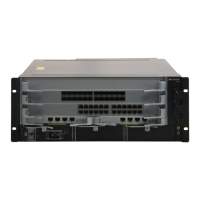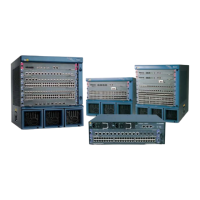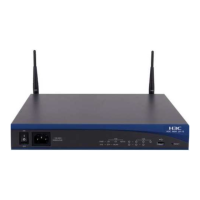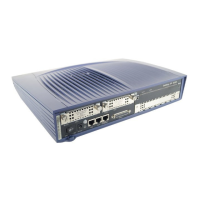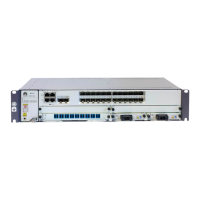3 BGP/MPLS IP VPN Configuration
About This Chapter
This chapter describes the principle, application, and configuration of the BGP/MPLS IP VPN.
3.1 Introduction to BGP/MPLS IP VPN
This section describes the principle and concepts of BGP/MPLS IP VPN.
3.2 BGP/MPLS IP VPN Supported by the S9300
This section describes the BGP/MPLS IP VPN features supported by the S9300.
3.3 Configuring a VPN Instance
This section describes how to configure the VPN instance.
3.4 Configuring Basic BGP/MPLS IP VPN
This section describes how to configure the basic BGP/MPLS IP VPN functions.
3.5 Configuring Hub&Spoke
This section describes how to configure the BGP/MPLS IP VPN in the Hub&Spoke networking.
3.6 Configuring Inter-AS VPN Option A
This section describes how to configure inter-AS VPN Option A.
3.7 Configuring the HoVPN
On a hierarchical VPN network, multiple PEs can play different roles and work in a hierarchical
structure. They functions as a PE. This reduces the performance requirements on PEs.
3.8 Configuring the OSPF Sham Link
This section describes how to configure OSPF sham links. After the OSPF sham links are
configured, the sites of the same VPN and the same OSPF area can communicate with each other
without using the routes within the OSPF area.
3.9 Configuring the Multi-VPN-Instance CE
This section describes how to separate services in a LAN by configuring OSPF multi-instance
on the CE.
3.10 Configuring VPN FRR
This section describes how to configure the fast rerouting (FRR) function to protect PEs.
3.11 Configuring Route Reflection to Optimize the VPN Backbone Layer
Quidway S9300 Terabit Routing Switch
Configuration Guide - VPN 3 BGP/MPLS IP VPN Configuration
Issue 03 (2009-08-20) Huawei Proprietary and Confidential
Copyright © Huawei Technologies Co., Ltd.
3-1

